A common meeting ground
As part of NAIDOC Week, Lisa Sarzin, Mark Leibler and Gary Samowitz share the special relationships they have fostered with Indigenous Australians.
NAIDOC Week is marked from July 7-14, a time when we celebrate the history, culture and achievements of Aboriginal and Torres Strait Islander people. Lisa Sarzin, Mark Leibler and Gary Samowitz share the special relationships they have fostered with Indigenous Australians with Rebecca Davis.
RON Castan was the barrister best known and revered for his leading role in the landmark Mabo native title case which saw a reversal of the concept of Terra Nullius, and land rights for many Indigenous people.
He was also Jewish.
“It troubles my conscience now that it took me until 1971 to really commence to see that the determination not to stand by and see the Jewish people downtrodden and persecuted, was meaningless if I was standing by and seeing another oppressed people downtrodden and persecuted within my own country,” he declared in a speech before the Indigenous–Jewish Forum at Monash University in 1998.
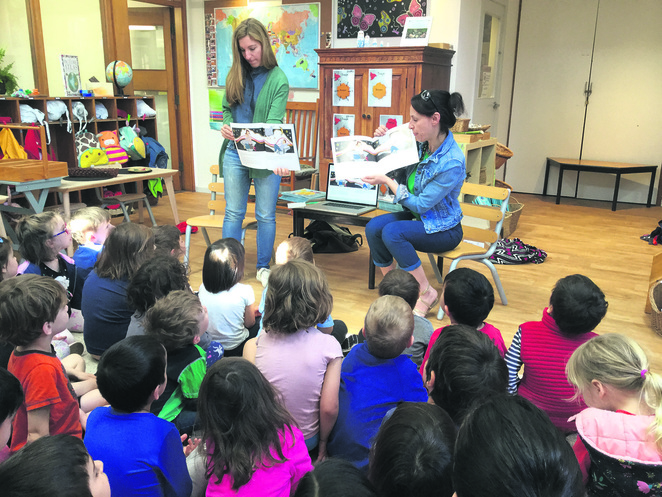
Castan’s sentiment struck a chord with Lisa Sarzin.
A lawyer herself, Sarzin co-wrote Hand in Hand: Jewish and Indigenous people working together with her mother, Dr Anne Sarzin, which was published in 2010. Together, they interviewed 80 Jewish and Indigenous people working in the realm of social justice and documented their stories.
“Hand in Hand revealed the many points of commonality between Jewish and First Nations people, such as connection to land, sense of humour, storytelling traditions, kinship ties, ancient continuing cultures and the experience of persecution and prejudice,” explains Sarzin.
“But it also revealed points of difference, not just between Jewish and Indigenous people but also the linguistic and cultural differences within First Nations.”
Sarzin again felt inspired to put pen to paper after hearing former prime minister Kevin Rudd’s apology on behalf of the Australian government for past policies and practices of forcibly removing Aboriginal and Torres Strait Islander children from their families and communities spanning the early 20th century right up until the 1970s.
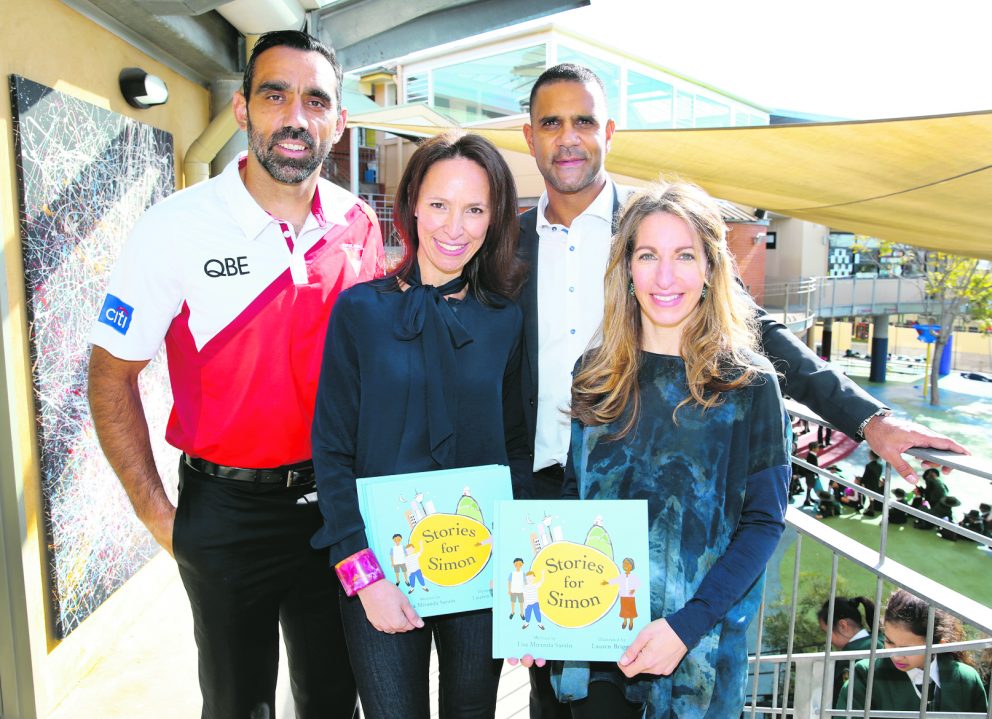
The result was Stories for Simon, a children’s picture book which “came directly from the heart” with illustrations by Lauren Briggs. While the book tells the story from a non-Indigenous perspective, Sarzin and Briggs were guided and mentored by Uncle Vic Simms, a Bidjigal elder from La Perouse, to ensure the narrative was respectful and sensitive to the subject matter.
“I thought about the trauma of family separations and the ongoing pain and suffering of subsequent generations, including loss of language and culture. I also thought about what the National Apology means to all Australians and to what extent it imposed a moral and ethical responsibility to take positive action for social justice,” says Sarzin.
“The aim of Stories for Simon is to shine light on what happened to the Stolen Generations, create a sense of empathy, and to generate thought, questions and discussion about what saying sorry means.”
But the positive impact of the book does not end there.
Since its publication in 2015, Sarzin and Briggs have visited dozens of schools and explored the themes of the book with students. They also decided to donate all profits from the sale of the book to the GO Foundation, a charity established by retired AFL stars Adam Goodes and Michael O’Loughlin which creates opportunities for Indigenous youth through education.
And the story is resonating.
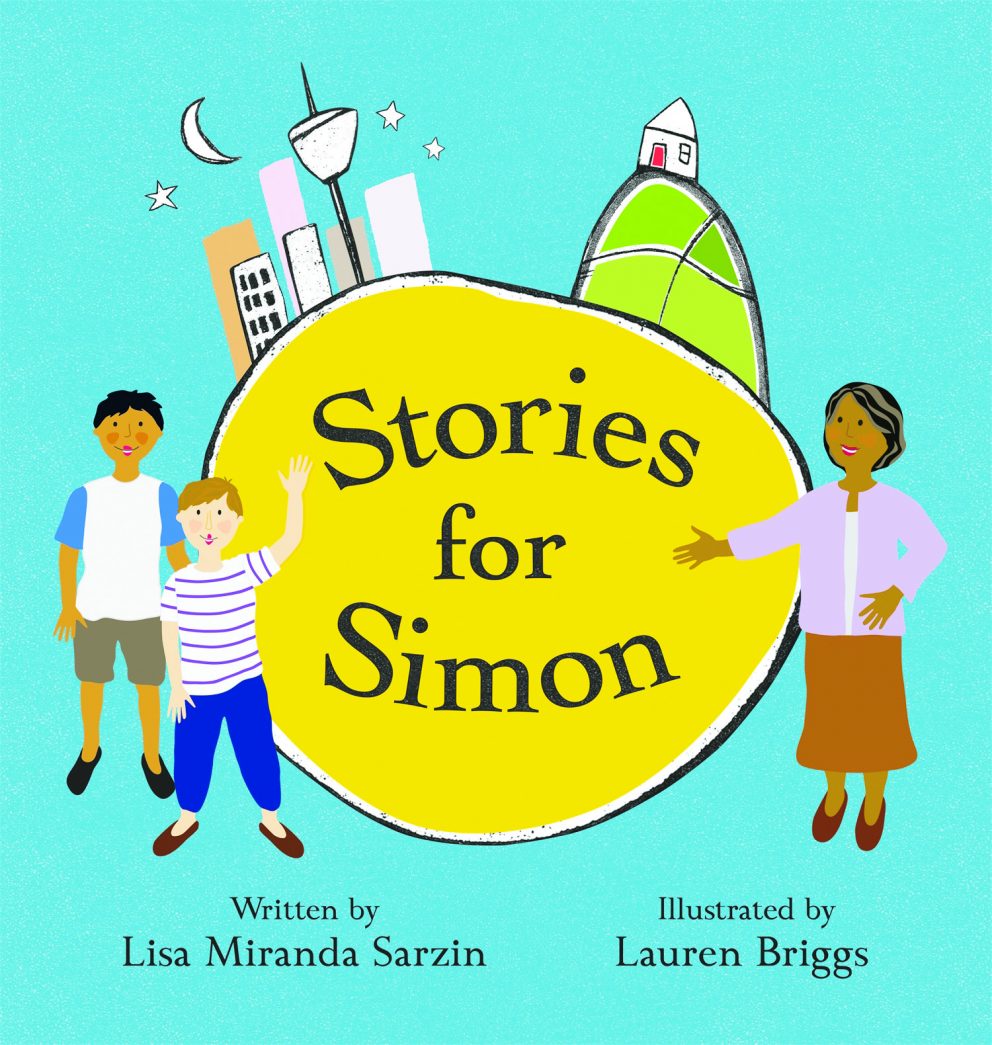 Olivia, a student from the years 3-4 class at St Joseph the Worker Catholic School in Sydney wrote a letter to Goodes.
Olivia, a student from the years 3-4 class at St Joseph the Worker Catholic School in Sydney wrote a letter to Goodes.
“My class and I have read the book Stories for Simon,” she begins.
“My whole class are very sad that you and the Aboriginal people of the past have been mistreated so much … I hope your foundation helps many more Indigenous people and can help prevent things like this happening again.”
While Castan may have inspired Sarzin, her efforts are clearly inspiring the next generation.
Sarzin agreed to mentor GO Foundation scholar and secondary student Natalie Abraham, a young Wadi Wadi woman from the south coast of New South Wales, on her HSC major work for Aboriginal Studies – a picture book which focuses on the issues of Indigenous mental health and youth suicide prevention. Abraham received a mark of 99.5 per cent.
“It’s been very inspiring to see Natalie’s work develop, and to see the positive impact that she is already having with her major work. I’ve been so lucky,” muses Sarzin.
The collaboration is indicative of her broader outlook.
“We are all strengthened by our diversity as well as our commonality. I am not an expert, but what I have seen in my experience are two peoples coming together in the spirit of mutual respect and understanding.
“We are fellow travellers on a journey towards an inclusive and harmonious future.”
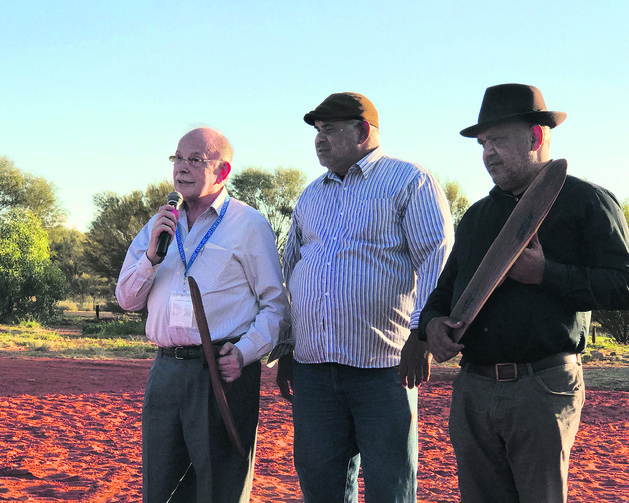
According to Mark Leibler, Ron Castan was also a key catalyst in his involvement with Indigenous Australia.
“It started some 30 years ago, when Ron Castan approached my firm, Arnold Bloch Leibler, about advising the Yorta Yorta people in their epic struggle for land justice,” Leibler tells.
Leibler has been a fundamental figure in progressing reconciliation. He is a foundation member and co-chair of Reconciliation Australia, and co-chair of the Expert Panel and then the Referendum Council working towards achieving Constitutional recognition of Aboriginal and Torres Strait Islander Australians.
Leibler believes in incorporating provision in the Constitution for a representative body that gives Aboriginal and Torres Strait Islander First Nations a voice to the Commonwealth Parliament in advising on legislation impacting Indigenous Australians. Such a change would require a referendum to be held.
In May 2017, Leibler had the “unforgettable experience” of observing the National Convention which took place at Uluru – and was one of the very few non-Indigenous people present. At the end of that convention, Aboriginal and Torres Strait Islander delegates presented the Uluru Statement from the Heart to the Australian people.
“It was one of the most moving experiences of my life,” shares Leibler.
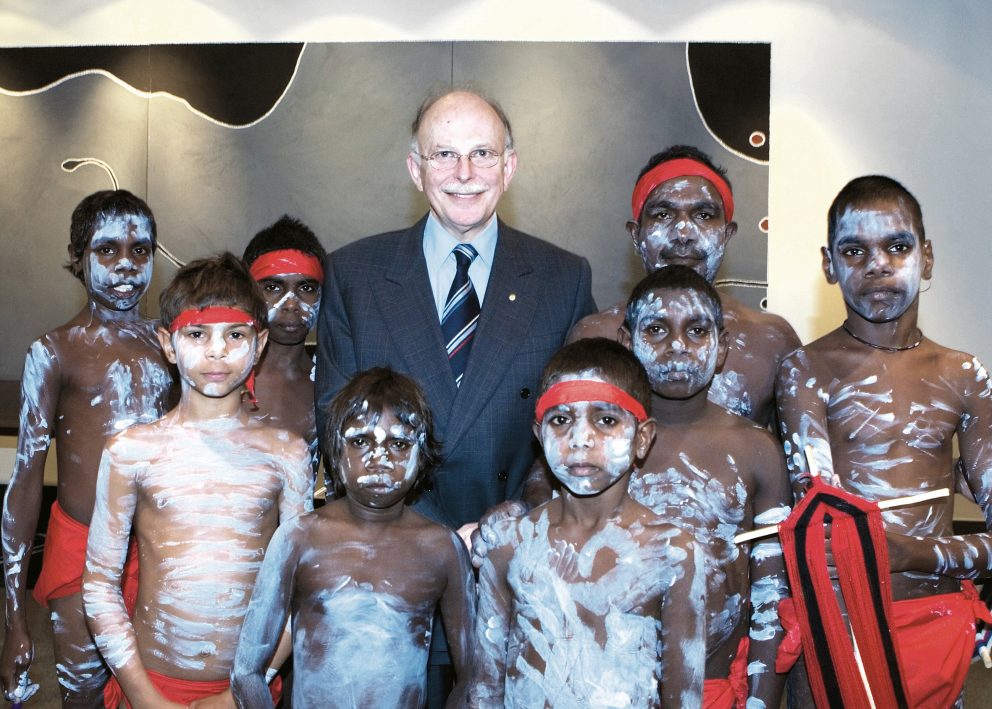
While the story of William Cooper – the Yorta Yorta leader who in the wake of Kristallnacht delivered a protest letter to the German Consulate in Melbourne – also had “a very strong impact” on Leibler, so too has his long friendship with Noel Pearson. An Indigenous lawyer, academic and land rights activist, Pearson penned an essay which identified three primary connections between Jewish and Indigenous Australians, which Leibler cites as best capturing the special mutual relationship.
“The first connection was the importance both peoples place on having a strong, unified community that doesn’t stand in the way of individuals reaching their full potential,” recalls Leibler.
“The second connection was that both peoples feel strongly about maintaining tradition and a land-based identity, while continuing to engage in the wider world, despite suffering persecution.
“And the third connection was our shared sense of identity that comes from never forgetting, and always defending, the truths of history.”
Indeed, the truth of history experienced by Indigenous Australia includes past dispossession, discrimination and loss of culture encountered by the Stolen Generations, a fundamental obstacle “that takes generations to chip away”, says Leibler.
While other obvious challenges are reflected in the statistics around health, education, life expectancy and imprisonment, Leibler also acknowledges another obstacle beneath the surface – “persistent discrimination, [and] the fear and the reluctance by an ever smaller proportion of non-Indigenous Australians to own mistakes of the past”.
“We may not be directly responsible for those mistakes but it is our responsibility to recognise them, to atone in some way and to work together with Indigenous Australians to address their ongoing impact.”

And how do we best work together?
“There is no ‘one size fits all’ approach,” says Leibler.
“I think the best way to do this is for individuals, communities of people in businesses or in schools or synagogues to consider where they are best placed to make a contribution.
“There is so much to be repaired in the relationship between Indigenous and non-Indigenous Australians, and the benefits of doing so will undoubtedly be of benefit to us all – and the nation as a whole.”
While Leibler and Sarzin both reflect on the Jewish value of tikkun olam in their involvement with the First Nations, the former CEO of Stand Up Gary Samowitz brings an additional perspective to the table which compelled him to make a positive difference.
“Having grown up in South Africa I was infused with a strong sense of social justice,” he explains.
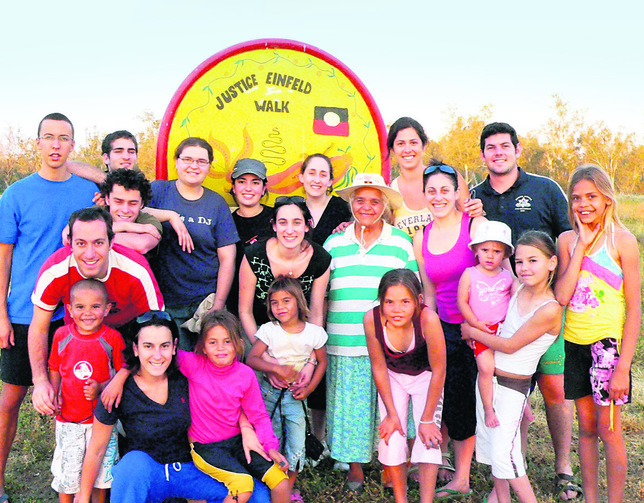
In Standing Up: Jewish Australians Committed to a Better World, Samowitz recalls Mina, a domestic worker, “like a second mother” who lived in his family home. He remembers her four children who he befriended when they would visit during the school holidays.
“But it struck me that their mother was living with me while they were being brought up by their grandmother,” he writes.
“I was going to a great school, getting extra lessons, playing guitar, playing soccer and having all the opportunities in the world, while Mina’s kids had very few opportunities to succeed in life.
“That’s when I discovered that the world wasn’t quite fair.”
When Samowitz moved to Australia in 2002 he was inspired to work with underprivileged youth and to do whatever he could to help improve access to more opportunities.
For the past 14 years, he has been involved in running more than 60 school holiday camps with over 250 Jewish volunteers in remote Aboriginal communities for Stand Up.
The programs in Toomelah and Boggabilla in northern NSW and with the Yorta Yorta community are primarily focused on empowering Aboriginal youth, and they have also created leadership programs for Aboriginal young adults, including work experience and mentoring.
“It’s been an incredibly rewarding journey,” says Samowitz.
“The work I’ve done in remote Aboriginal communities is an expression of my Jewish values. It is taking tikkun olam, tzedakah and gemilut chesed and making those values real in our everyday lives.”
While Jewish individuals can find organisations to volunteer with that work with Aboriginal communities; and organisations can make sure to pronounce an acknowledgement of country when beginning official proceedings, Samowitz believes we could be assisting further.
“The Jewish community has expertise in preserving traditions, culture, language, and remembering our history. These are challenges being faced in Aboriginal Australia and perhaps we could be doing more to provide assistance in setting up Aboriginal history museums, memorialisation sites of past massacres, and reviving lost languages,” he notes.
“The relationships built with the elders and youth have been incredibly deep and authentic. We look forward to working with these communities for many years to come.”
Get The AJN Newsletter by email and never miss our top stories Free Sign Up

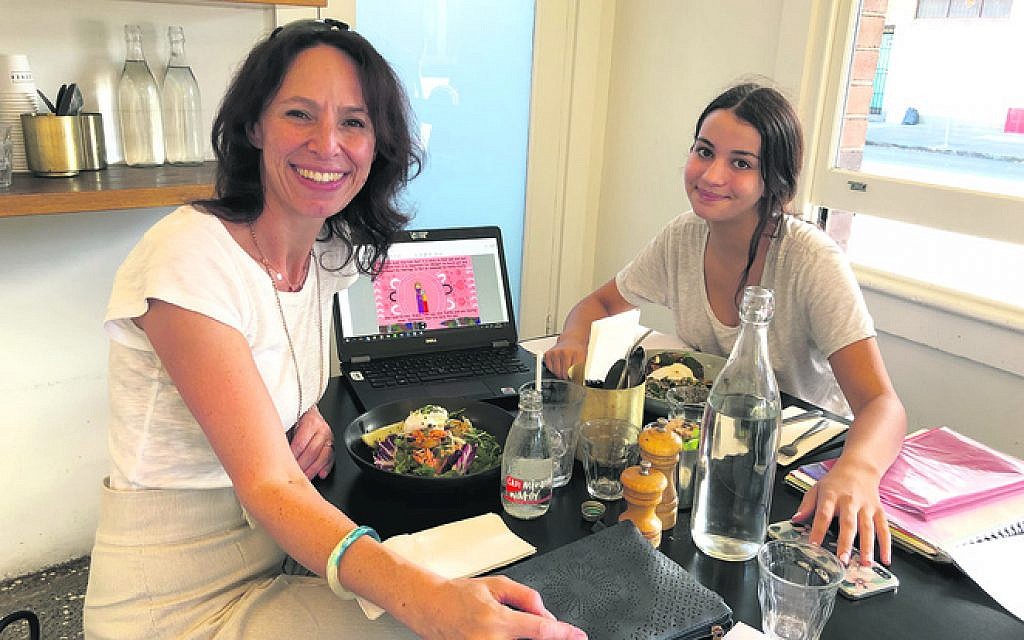
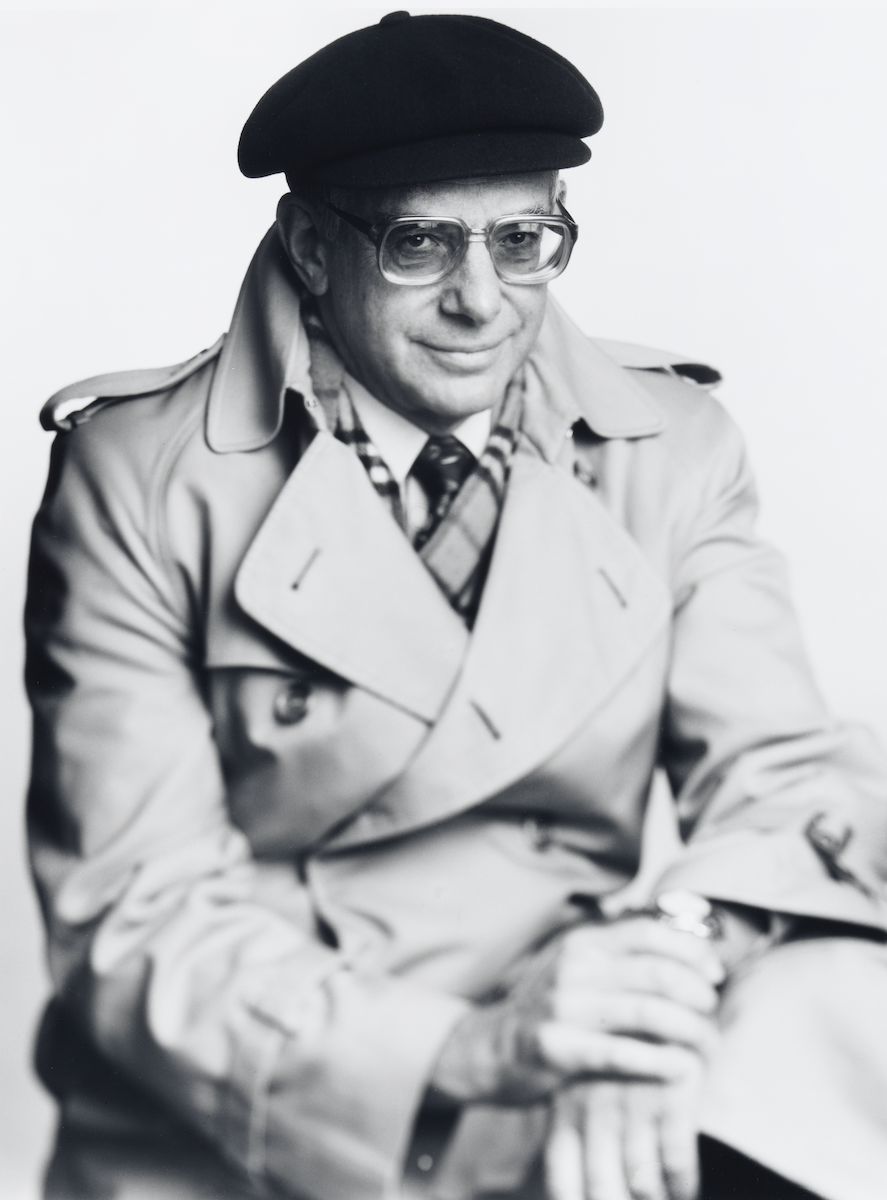
comments